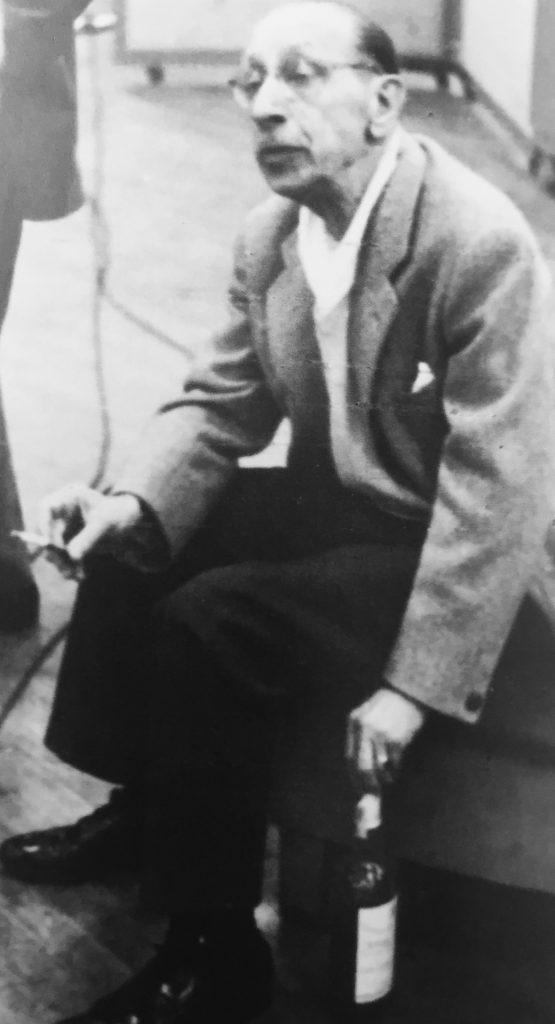
Igor Fyodorovich Stravinky’s journey into composition starts with his studies with the famous Russian composer Nikolai Rimsky-Korsakov. Stravinsky studied with him from 1905 until his death occurred in 1908.
His first period, called the “Russian Period”, includes earlier orchestral works like the “Symphony in E-flat major” (1907) or “Fireworks” (1908, written as a wedding present for his teacher’s daughter) where the influences of composers like Tchaikovsky, Wagner and Rimsky-Korsakov are pretty strong.
Fundamental for Stravinsky was the relationship with the impresario Sergei Diaghilev, in fact he firstly commissioned Stravinsky to orchestrate to Chopin’s piano works and then to write three ballets: “The Firebirds” (1910), “Petrushka” (1911) and “The Rite of Spring” (1913). Looking at these three works we can see how important is the the role of the Russian tradition and folk music in his compositions.
If we take a closer look to “The Rite of Spring” we can see how Stravinsky decided to incorporate those folk tunes in his music and how he manipulated it. According to Boris Mikhailovich Yarustovsky’s essay about the ballet “Stravinsky operates primarily with laconic sound formulas, three- and four-note motives. Stravinsky derived many of these from old Russian chants, such as the so-called calendrical Slavic songs. […] They are also connected with folk-music conceptions by the principle of their development: repetition with variations.”
The famous introduction, played by a bassoon in the high register, it is in fact a melody derived from a Russian folk tune. What is different, and what is also ingenious, is the way that Stravinsky used to manipulate this melody. Using techniques like elongation, truncation and also the extensive use of irregular and complex meters (or, as the composer himself called them, “meters subjected to the principle of variation”) Stravinsky introduced something completely new; in a few episodes of the ballet the meter changes almost in every measure.
Very important and revolutionary also is the “superimposition” of one melodic line over another, in this way “the initially simple, unpretentious folk-tune motive suddenly begins to “flicker” and “vibrate”.” (Yarustovsky).
Also the use of polytonality will be another Stravinsky’s trademark: right in the beginning of the ballet we can already hear an F major motive in the Oboe superimposed on a G major motive in the Alto Flute.
The last moment of his Russian Period will coincide with the writing of an experimental work called “Histoire du soldat” (The Soldier’s Tale, 1918). Comparing it to The Rite of Spring (that calls for a 95 pieces orchestra) the Soldier’s Tale is scored for only seven instruments: violin, clarinet, bassoon, cornet, trombone, contrabass and percussion. Based on a russian tale, the libretto (conceived by Stravinsky and Charles-Ferdinand Ramuz) tells the story of a soldier who trades his violin with the devil for wealth and richness.
After this work Stravinsky’s interest will move on different scenarios. In particular, his second period (so called “Neoclassical” even if the composer was totally against that definition: “a much-abused expression meaning absolutely nothing” he will say) will start around 1920, the year when two works will be composed: “Pulcinella” (first new ballet commissioned by Diagilev since The Rite of Spring) and “Symphonies of Wind Instrument”. The first one is a ballet where Stravinsky made an extensive use of music written by the Italian composer Giovanni Battista Pergolesi (1710-1736). Basically what Stravinsky did is orchestrate the Pergolesi’s music but, the hand of the Russian composer is always more than visible: not only the orchestration but also the rhythmic manipulation of some melodies reflect the Stravinsky’s way of composing. The works is scored for a baroque-like chamber orchestra plus three singers (soprano, tenor and bass).
“Symphonies of Wind Instruments” is scored for the woodwinds and brass section of the orchestra (twenty-four players) dedicated to the memory of Claude Debussy who died two years before that composition.
The title “Symphonies” does not label the work as a symphony (it is not in sonata form) but refers to the greek meaning of “sounding together”.
Other works of Stravinsky’s neoclassical period are “Oedipus Rex” (1927) [check my other article on this work], an opera-oratio where Handel is the composer’s reference, that together with “Apollon” (1928) and “Orpheus” (1947) will show not only the Stravinsky’s return to the old form of music but also his interest for the ancient classical world, working with subject taken directly from greek mythology. This represents a big difference between the first period and the second in which Stravinsky will also “steal” and recompose music from other great composers of the past.
Last work of the Neoclassical period will be the opera in three acts “The Rake’s Progress” (1951, libretto by W. H. Auden). After “The Soldier Tale” Stravinsky is dealing again with another elaboration of the Faust legend, reflecting his adoration for the concept of the “inevitable fate”. In this opera the major influence will be the composer Wolfgang Amadeus Mozart. Even the orchestration and some cliché of that type of composing (such as diminished chords) will be typical of Mozart’s operas. The opera first performance was in the Teatro la Fenice (Venezia, Italy) and as often happened with many of Stravinsky’s works it was a disaster.
The third and last period of Stravinsky’s creative life is the so-called “Serial”.
The beginning of the Serial Period starts in 1951 with the death of Arnold Schoenberg. Robert Craft, great friend of Stravinsky, convinced him to listen to serial music and in fact the music of the Austrian composer Anton Webern (one of the most important Schoenberg’s followers and students) impressed him more than the others.
Stravinsky began using serial techniques in its own way. He never considered himself an atonal composer for that reason was not interested in the principles of the twelve-tone techniques of not affirming a key or a particular tonality. In fact Stravinsky in his composition will often violate this rule, repeating notes or sometimes motives (Fanfare for a New Theater, 1964).
The first composition using those techniques will be the the work “In Memoriam Dylan Thomas” (1954) a cantata plus a string quartet. Other pieces like the ballet “Agon” (1954-57) or “Double canon for string quartet” will make an extensive use of serial techniques such as the use of a row and its variations (inversion, retrograde, retrograde inversion etc).
Not matter in what style and in which period, the hand of the composer Igor Stravinsky will be always recognizable. The ways in which he develops his motives, the way in which he organizes the rhythmic displacement (and the use of elongation and truncation of phrases) and of course his orchestration will be always be the trademark of one of the most famous composer of the twentieth century.
- Written by: antcafasso
- Posted on: 20/09/2021
- Tags: Stravinsky

